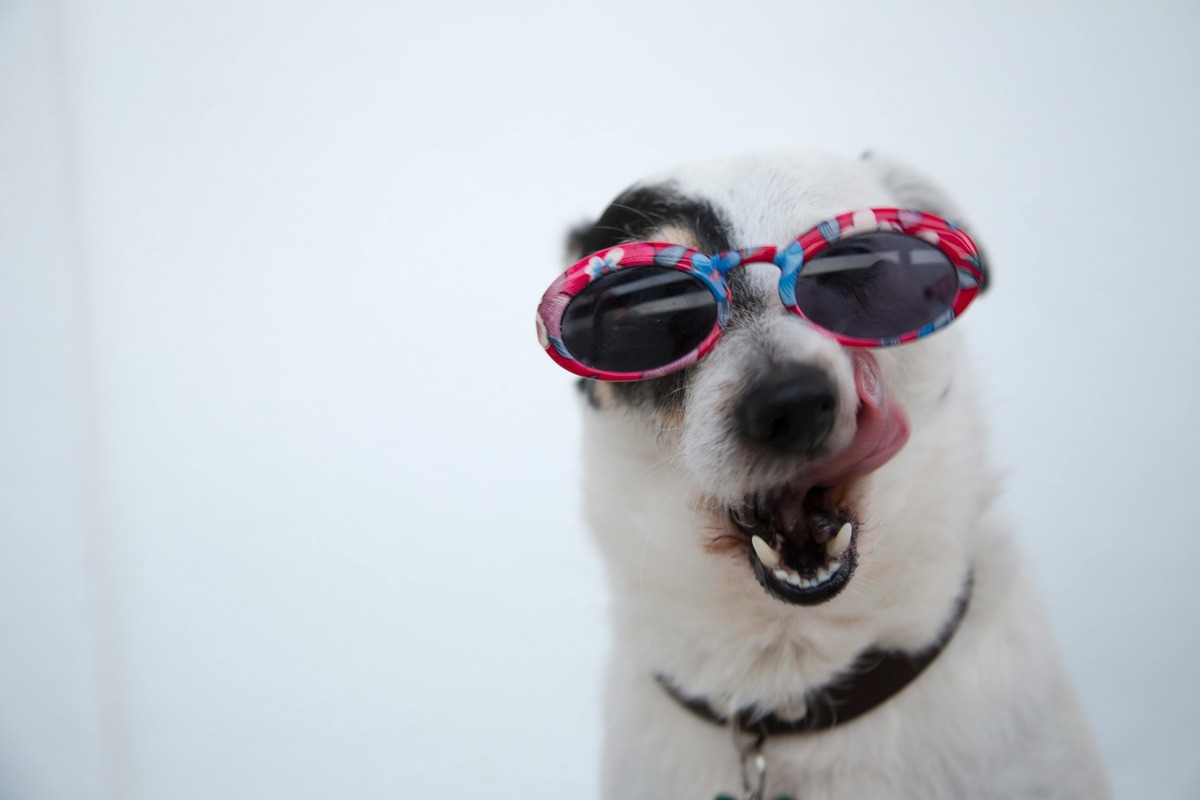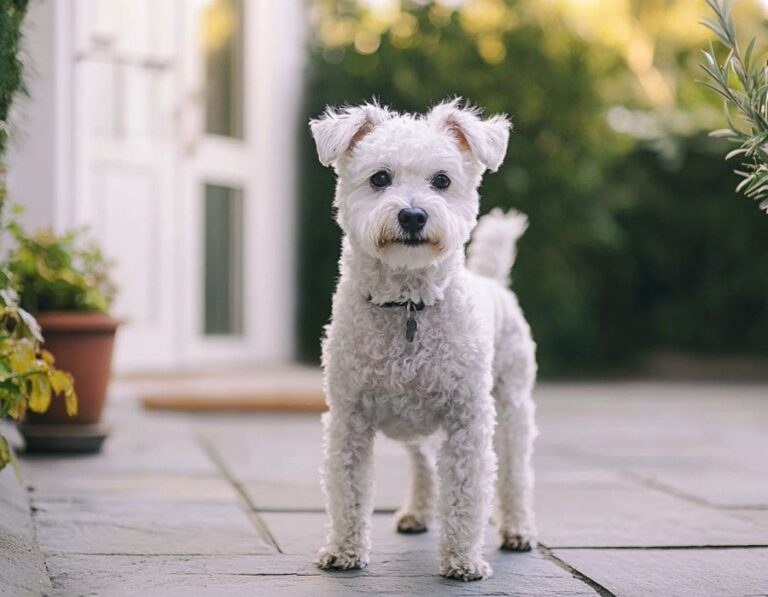12 Least Intelligent Dogs That Are Impossible to Train
Not all dogs are natural students when it comes to learning commands or obeying their owners. While some breeds are renowned for their trainability and quick learning, others can be a challenge, often due to their stubbornness, independence, or disinterest in pleasing humans. However, being “hard to train” doesn’t make these dogs any less lovable—it simply means they have unique personalities that require patience and understanding.
Here are 12 dog breeds often considered the least trainable and what makes them so challenging.
1. Afghan Hound

With their stunning coats and regal demeanor, Afghan Hounds look like royalty—and they certainly act the part. These dogs are known for their aloofness and independent nature, which makes training them feel like convincing a cat to fetch. Their “what’s in it for me?” attitude often results in them ignoring commands they see as unnecessary. Afghan Hounds are more likely to follow their instincts than listen to repetitive instructions, so training requires creativity and persistence.
2. Basenji

The Basenji, often called the “barkless dog,” is famous for its unique yodeling vocalization. However, this clever little hound is more focused on exploring its environment than listening to commands. Basenjis are curious and stubborn, often more interested in chasing scents or investigating new sights than performing tricks. Their strong independent streak makes them a challenge for owners who expect eager obedience.
3. Bulldog
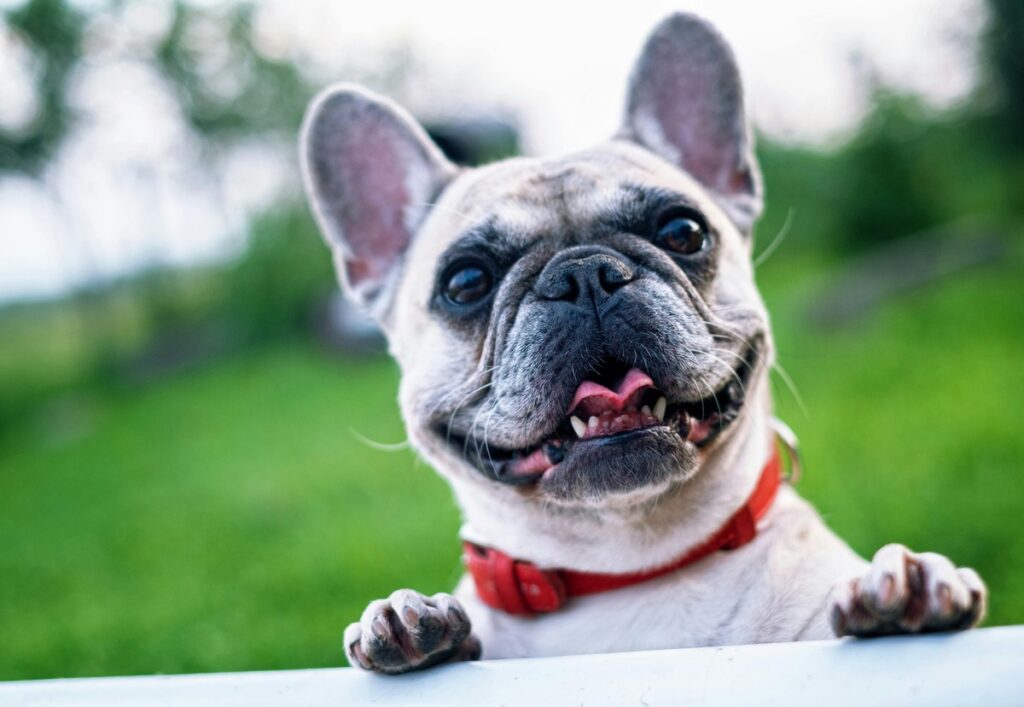
Bulldogs may be lovable couch potatoes, but their relaxed personality often comes across as outright laziness. These sweet-natured dogs are not motivated by much, especially when it comes to training. Getting a Bulldog to follow a command requires extra patience because they’re simply not interested in putting in the effort. Their stubbornness, combined with their slow learning pace, makes them one of the most challenging breeds to train.
4. Chow Chow
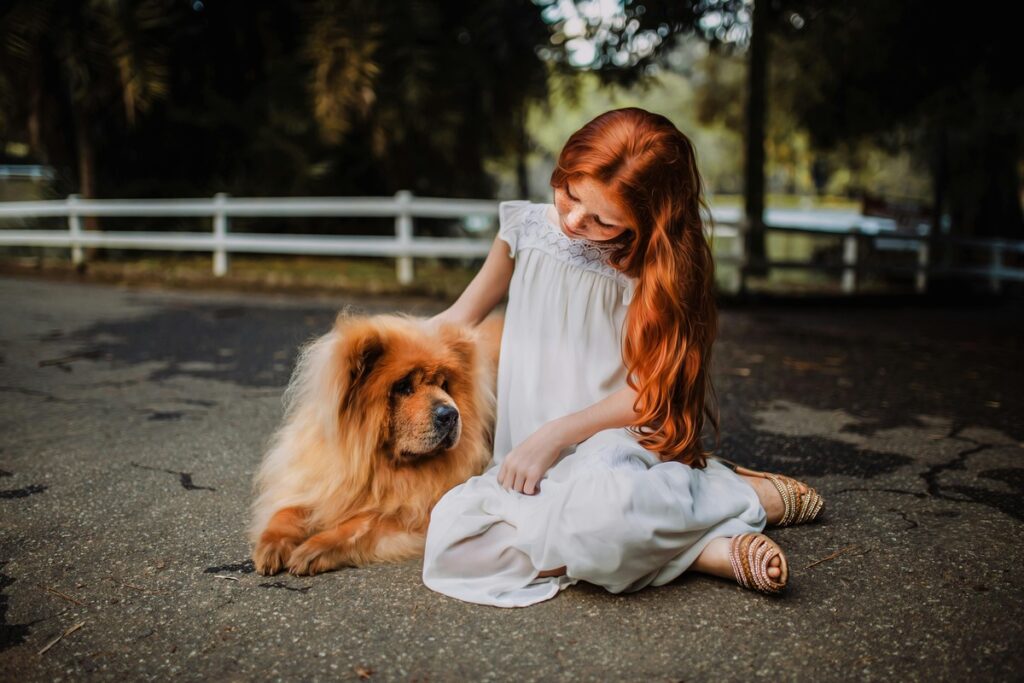
Chow Chows are as dignified as they are beautiful, with their lion-like manes and aloof personalities. Unfortunately, their regal demeanor often extends to their training habits. Chow Chows are highly independent and have little interest in pleasing their owners, which can make obedience training a frustrating task. They’re more likely to do what they want when they want, requiring consistent and firm guidance to achieve results.
5. Basset Hound
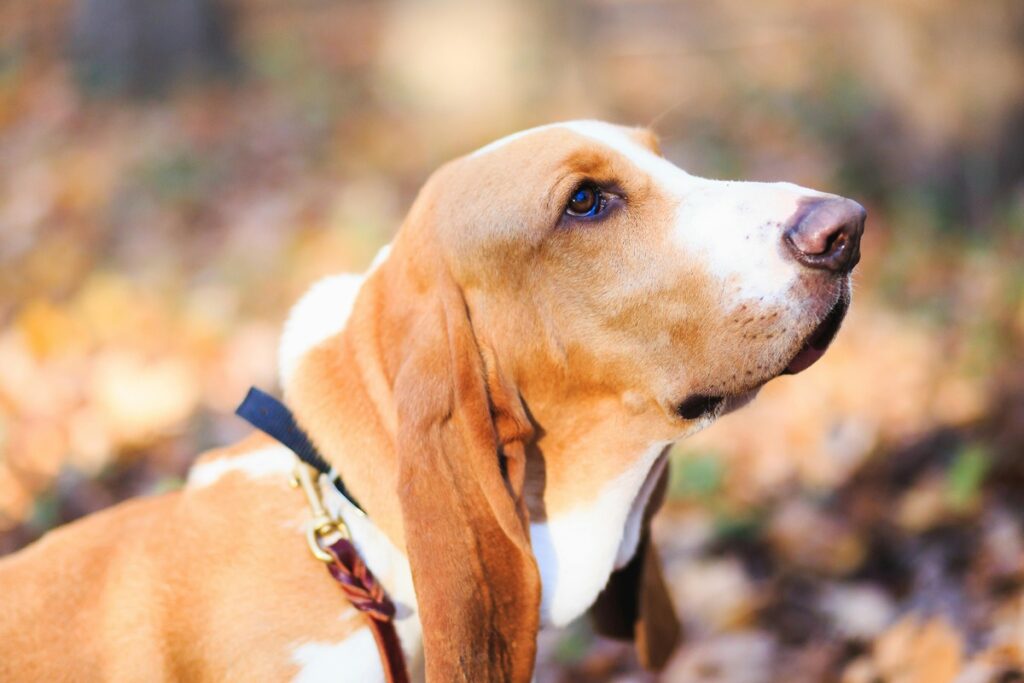
Basset Hounds are lovable and easygoing, but their strong noses make them easily distracted. Once they pick up a scent, they’ll follow it wherever it leads, often ignoring commands in the process. Their low energy levels and stubborn nature add to the challenge of training them. These adorable dogs prefer lounging to learning, and their sense of smell often overrides any obedience efforts.
6. Pekingese
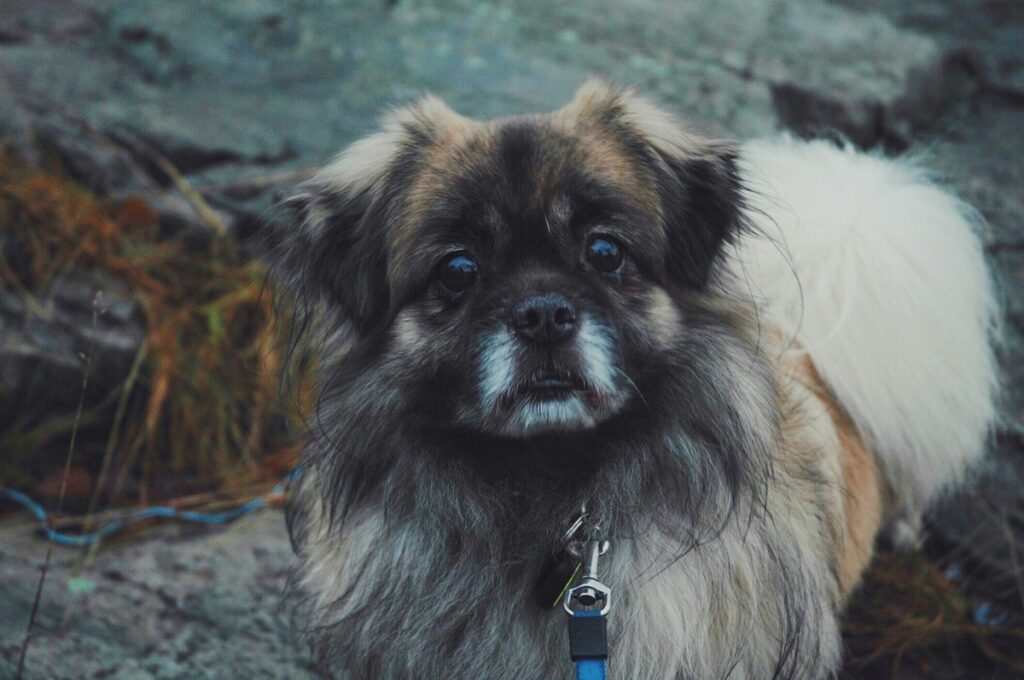
Pekingese are small but mighty, often acting like royalty in their own homes. These dogs were bred as companions for Chinese nobility, and their independent streak reflects their pampered history. Pekingese often think they’re in charge, which can make training a battle of wills. They’re more focused on doing what they want than on learning commands, so training them requires patience and firm boundaries.
7. Mastiff
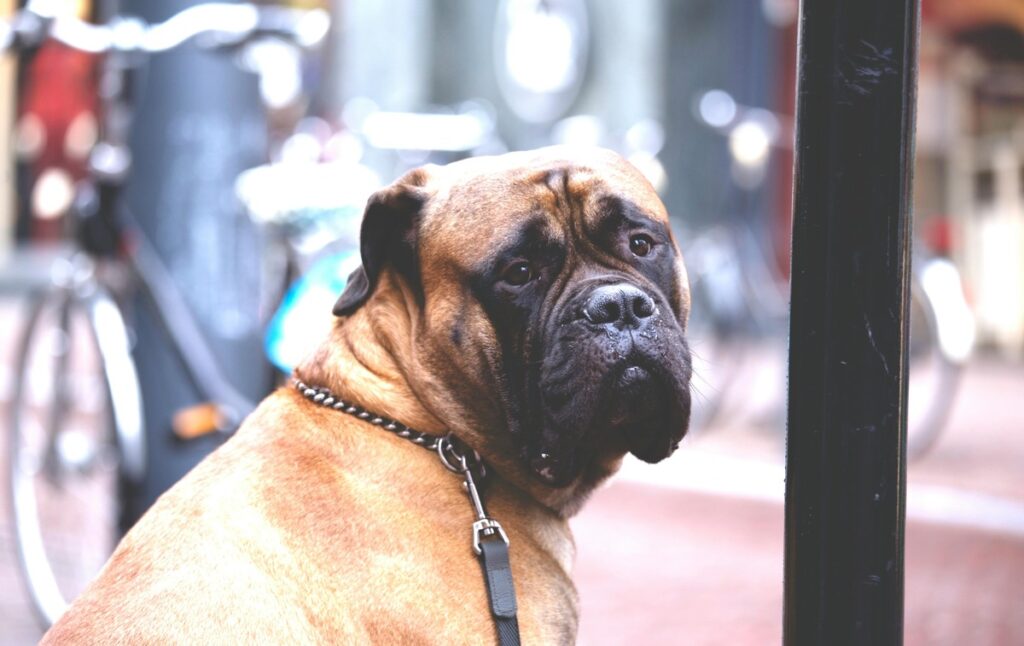
Mastiffs are gentle giants with a calm demeanor, but their size and stubbornness can make them challenging to train. While they’re affectionate and protective, Mastiffs are slow learners who require repetitive training sessions to grasp commands. Their laid-back attitude often makes them seem disinterested in training, so owners need to be consistent and patient to ensure success.
8. Beagle

Beagles are friendly and curious dogs with an incredible sense of smell. However, their strong noses can be their biggest training obstacle. Once a Beagle catches a scent, they become laser-focused and often ignore commands or cues from their owners. Their high prey drive and independent nature make training sessions difficult, as they’re more interested in following their instincts than learning tricks.
9. Shih Tzu
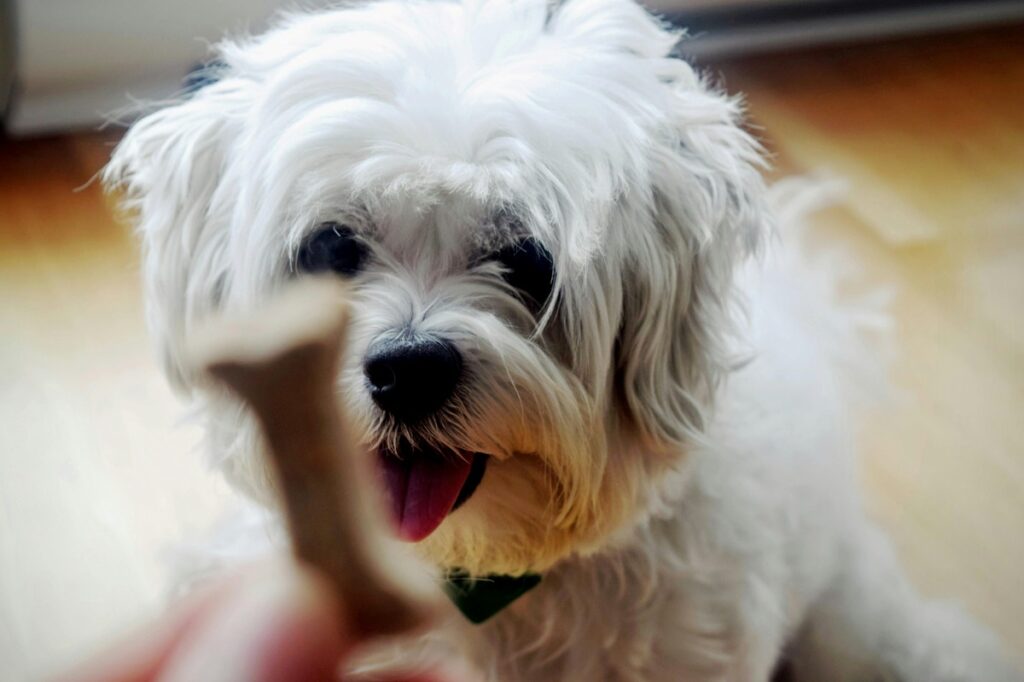
Shih Tzus are affectionate lap dogs that thrive on companionship, but they’re not known for their trainability. These small, regal dogs were bred for companionship rather than work, which explains their lack of interest in obedience training. Shih Tzus often act as though they’re in charge, and their stubborn streak can make teaching them commands a frustrating process.
10. Bloodhound
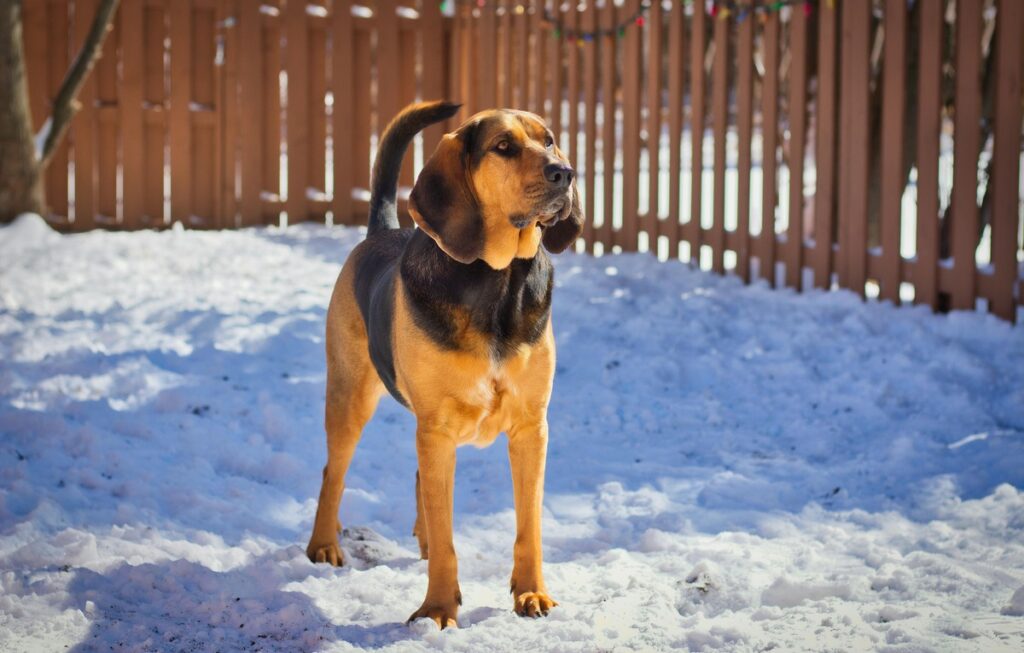
Bloodhounds are unmatched in their tracking abilities, often used in law enforcement to follow scents. However, this incredible skill comes at the cost of obedience. Once a Bloodhound picks up a scent, it’s nearly impossible to get their attention back. Their single-minded focus on tracking and their strong-willed nature make them one of the hardest breeds to train consistently.
11. Borzoi
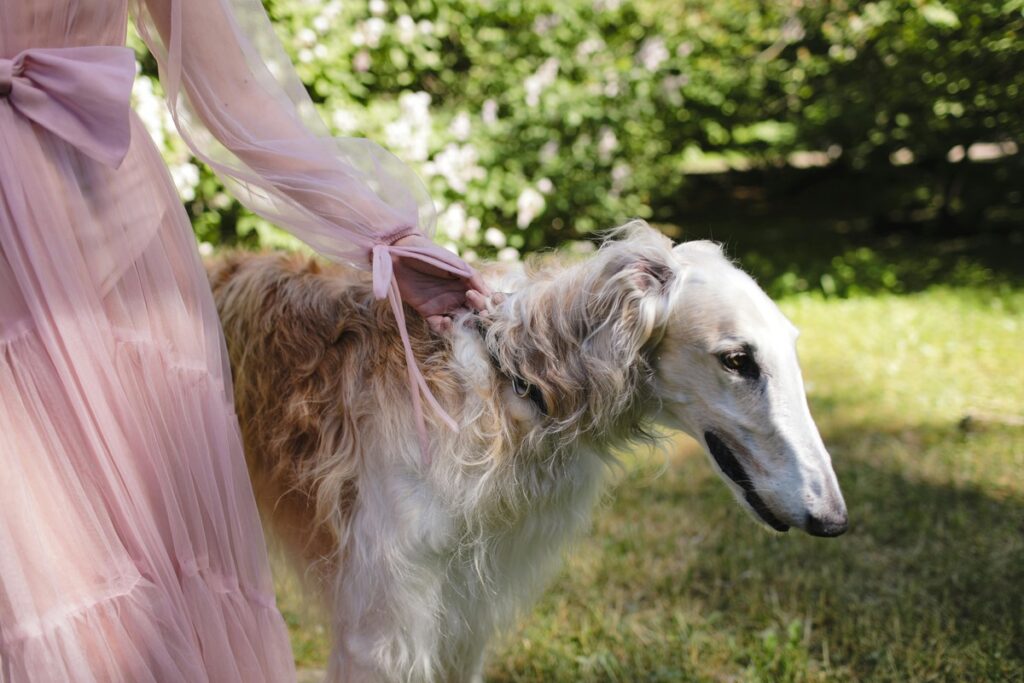
Borzoi, also known as Russian Wolfhounds, are independent, graceful dogs that can be difficult to train due to their aloof nature. Known for their speed and intelligence, Borzois tend to follow their instincts rather than obey commands. Their independent streak means training requires patience and creative methods to maintain their focus.
12. Shiba Inu
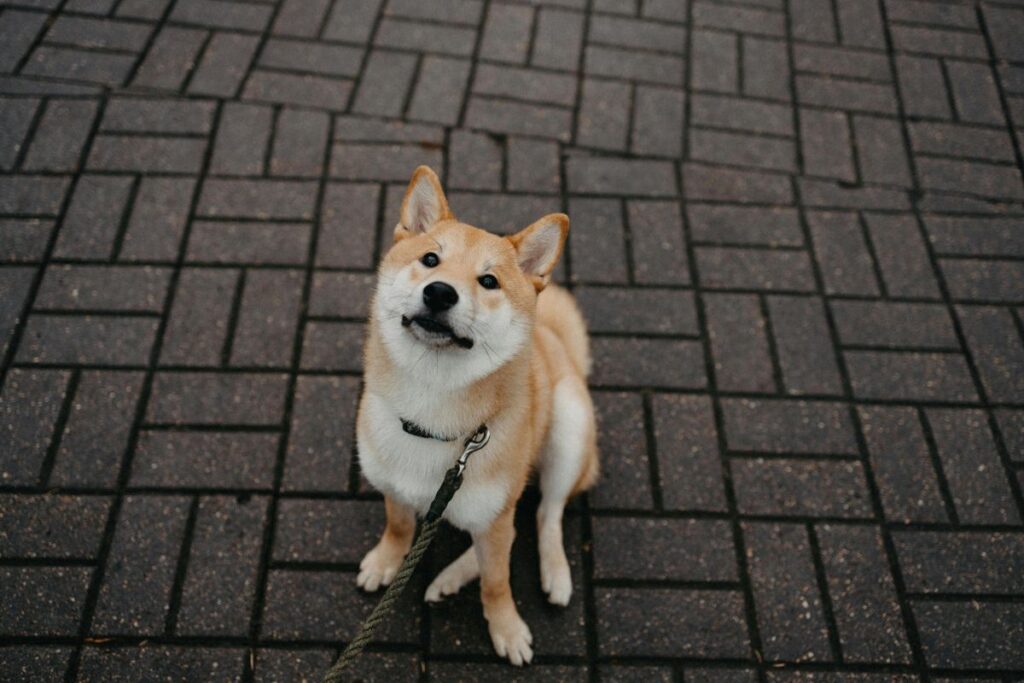
Shiba Inus are small, intelligent, and independent dogs that often do things on their own terms. Their strong-willed personality and high prey drive make training a challenge, as they’re more likely to ignore commands if they’re not motivated. Consistent, positive reinforcement and early socialization are essential for success with this breed.
While these breeds may be considered “least intelligent” in terms of trainability, intelligence comes in many forms. Whether it’s their tracking abilities, independent thinking, or loving companionship, these dogs bring unique qualities to the table. Training them may take extra effort, but with patience, understanding, and creativity, even the most challenging dogs can become wonderful and cherished companions.

